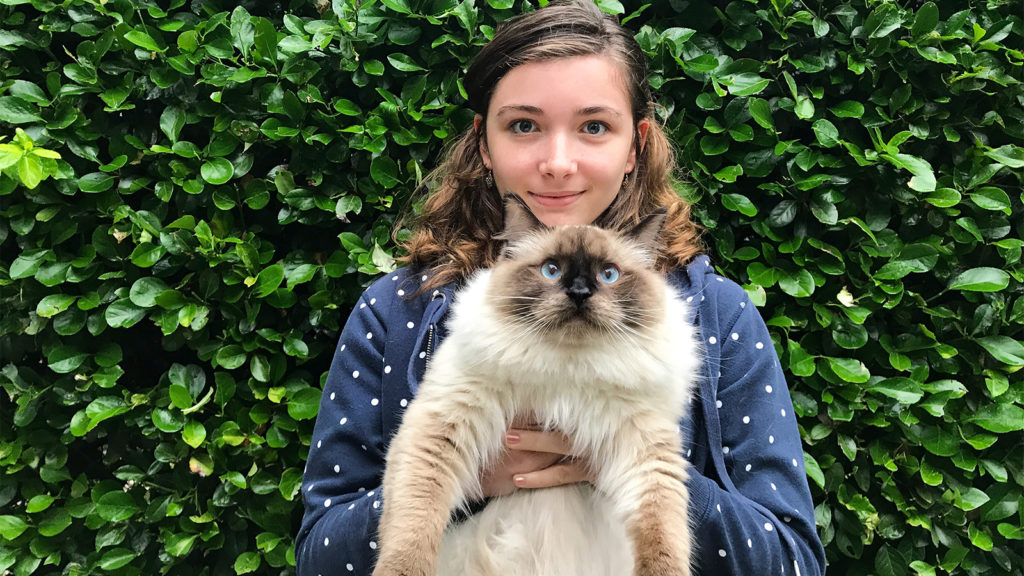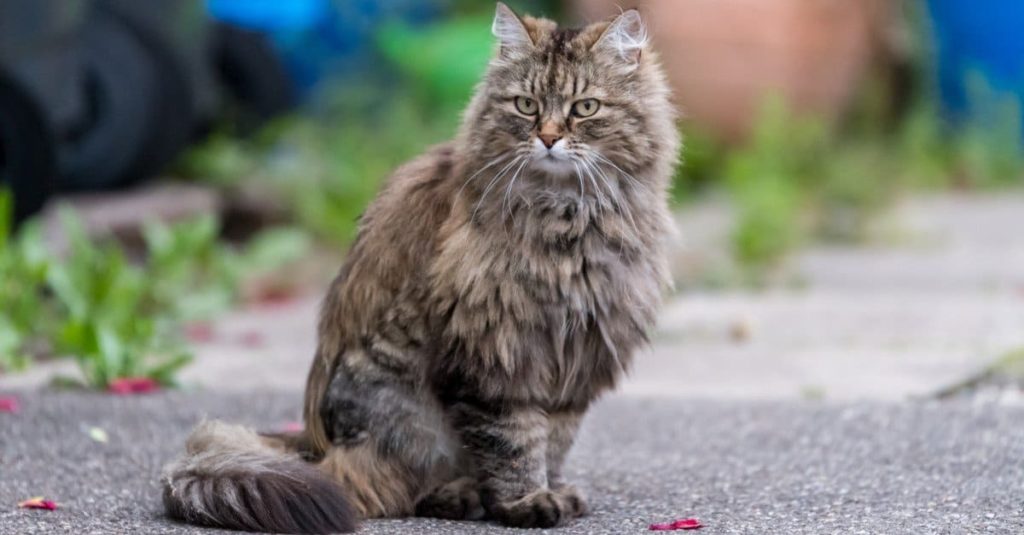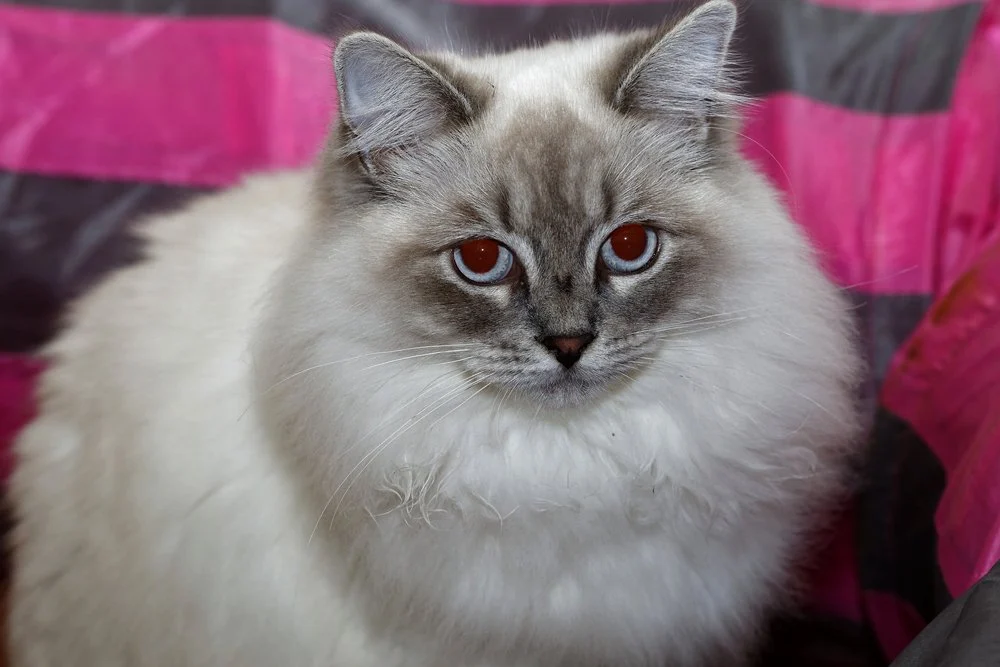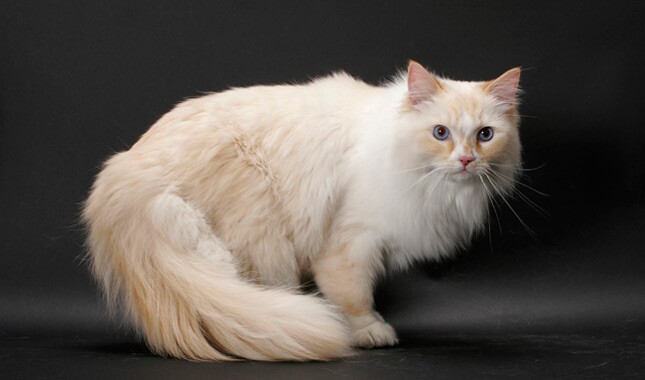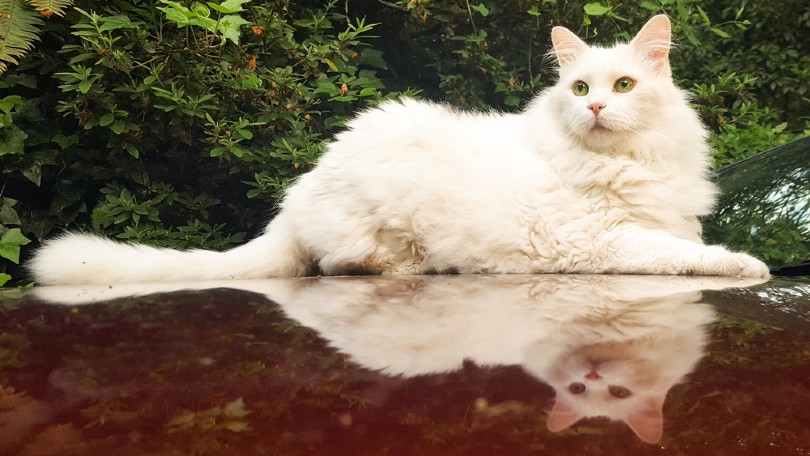Ann Baker, an American breeder, created Ragdolls in the 1960s. Riverside, California is where the breed was created. Josephine, a standard, non-pedigreed white domestic longhaired cat, had multiple litters of typical cats. Josephine was a Persian/Angora mix who produced litters sired by a number of unknown male Birman or Burmese-like cats, one of whom had Siamese point coloring. When Josephine was picked up, her kittens had a calm, peaceful disposition, a loving character, and a tendency to fall limp and relaxed.
The peaceful, non-aggressive features of ragdolls were carefully selected during the breeding process. Baker developed increasingly bizarre beliefs about the cat breed over time, to the point that she believed the species was the consequence of surgically manipulated genetics, which is untrue. In 1965, the ragdoll was certified as a purebred cat.
Through Daddy Warbucks’ matings with Fugianna and Buckwheat, all Ragdolls are derived from Baker’s cats. Baker defied typical cat breeding associations in an unprecedented move. She registered the name Ragdoll as a trademark and founded the International Ragdoll Cat Association (IRCA) in 1971.
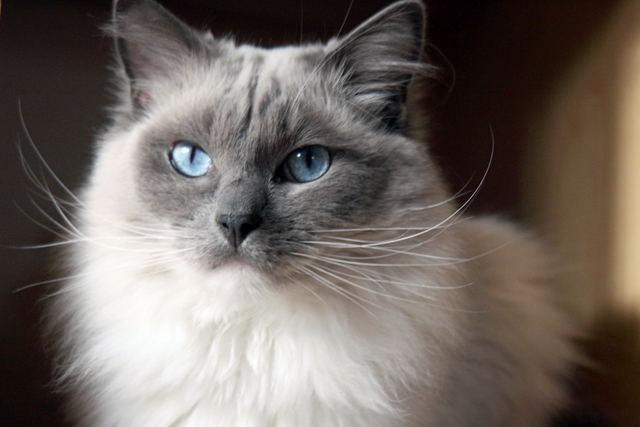
Denny and Laura Dayton, a husband-and-wife duo, crossed sides with the IRCA in 1975 with the goal of garnering popular exposure for the Ragdoll. This group started with a breeding pair of IRCA cats and eventually developed the Ragdoll standard that is now accepted by major cat registries like the CFA and the FIFe.
A breeding pair of Ragdolls was exported to the United Kingdom around the period of the Ragdoll breed’s introduction in America in the early 1960s. This pair was followed by eight other cats in order to properly establish the breed in the United Kingdom, where it is recognized by the Cat Fancy’s Governing Council.
Ragdoll Cat Breed Body Description
- Ragdoll cats have blue eyes and a colorpoint coat. It has a muscular morphology. The cat have V-shaped markings on their foreheads, large round blue eyes, thick coats, thick limbs, long tails, and soft bodies.
- They have a strong body, a large frame, and well-balanced legs.
- Their heads are broad, with a flat top and plenty of room between the ears.
- Their bodies are long and lean, with broad chests and short necks.
- Their tails are bushy and long, their paws are large and tufted, and their coats are silky, dense, and medium to long in length.
- These unique blue eyes are caused by the same genes that cause point coloration.
A fully mature female might weigh anywhere between 8 and 15 pounds (3.6 to 6.8 kg). Males are significantly larger, weighing anywhere between 12 and 20 pounds (5.4 to 9.1 kg) or more. Ragdolls can take up to four years to attain full maturity. Their coats are smooth, dense, and range in length from medium to long. Adults grow a ruff around their necks and knickerbockers on their hind legs. Typically, their color rings are tri-color or bi-color.
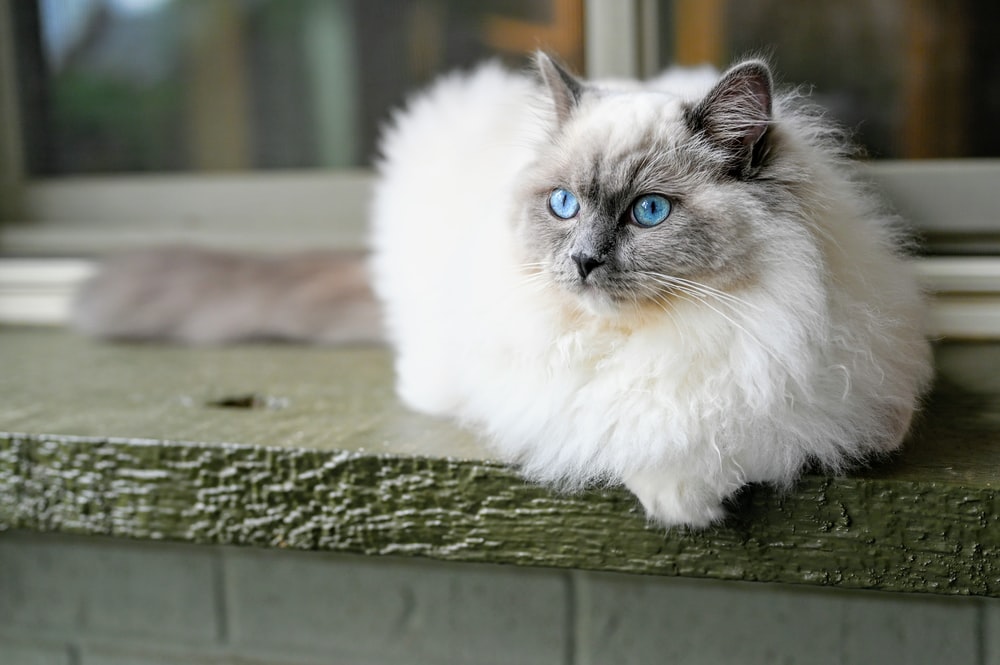
Ragdolls are available in six colors: red, seal, and chocolate, and they’re ‘dilutes,’ which include blue, lilac, and cream. This includes all three patterns, as well as the lynx and tortoiseshell versions in all hues. The cat kittens are born white, with decent color by 8–10 weeks and a complete coat by 3–4 years.
Ragdoll Cat Breed Behavior
The Ragdoll is recognized for having a floppy, peaceful temperament, with reports that these traits were passed down from Persian and Birman breeds. Whether this behavior is the product of genetic mutation or simply an instinctual reaction to being picked up by their mother as kittens, opinions differ. The idea that Ragdolls are pain-resistant stems from some individuals’ excessive docility.
The cat has a smart, sensitive, and extremely affectionate attitude. These gentle cats enjoy and seek human contact, yet they are rarely demanding. Ragdolls are ideal companion pets because they are incredibly loyal and devoted to their owners.
You won’t hear much from these silent cats when it comes to noise. They don’t usually make a lot of noise until they’re bothered. They usually make little, lovely meows and beeps to let you know they’re hungry or need some affection when they do speak up.
Caring for the Ragdoll Cat Breed
These type of cats are generally easy to train. They can be taught to come when called, retrieve toys, and perform other entertaining acts. They normally learn up on the essentials quickly, including using scratching posts and litter boxes. Positive reinforcement, food, and praise help these people-loving cats thrive during training.
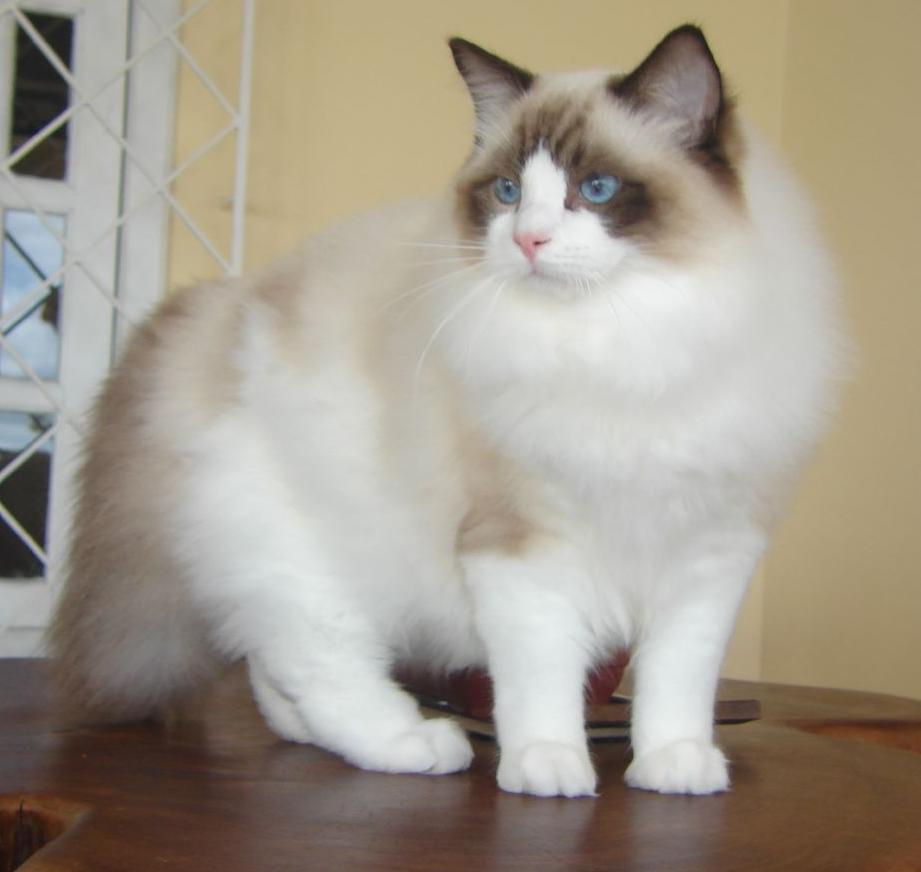
Because this trusting breed wants to be everyone’s best friend, socializing with a ragdoll is simple. The most difficult element is keeping a watch on these social butterflies, who can find themselves in dangerous situations while attempting to make friends. Feed your ragdoll high-quality cat food and keep an eye on her to ensure she doesn’t overeat. This cat doesn’t require much in the way of exercise.
They have a reasonable length coat with a little undercoat, which makes them less likely to mat and shed, but that doesn’t mean they don’t require maintenance. Use a comb twice a week to eliminate dead hair that can cause tangles.
Ragdoll Cat Breed – Health
In all cats, hypertrophic cardiomyopathy (HCM) is frequent heart disease. Urinary tract problems are among the ragdoll’s most serious health concerns. They live for 13 to 16 years on average.
RECOMMENDED ARTICLES
- Ragamuffin Cat Breed-Characteristics, Behaviour And Health
- Top 8 Effective Causes of Diarrhea In Cats; Diagnosis And Treatment
- Pixie-Bobs Cat- Body Characteristics, Behaviour, Caring And Health
- Peterbald Cat- Body Characteristics, Behaviour Caring And Health
- 13 Basic Causes of Fever In Cats, Symptoms And Treatment
If you like, please share it. Sharing is usually caring

